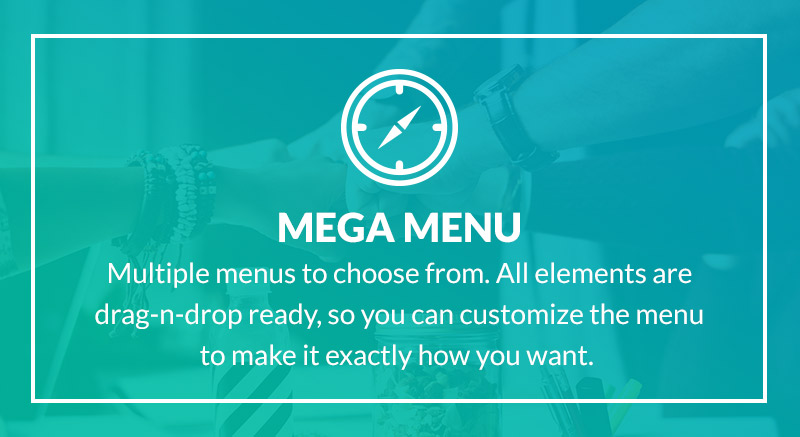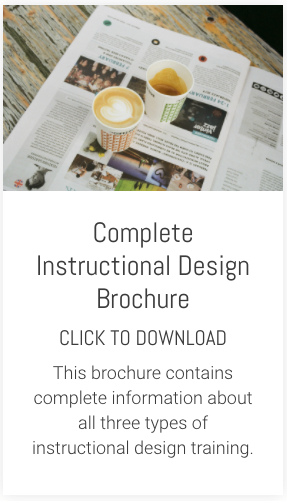Not all e-learning is created equal, that's for sure. If you are a 'big guy' with a team of designers and developers and a fairly sizeable budget, the e-learning you produce will look markedly different from the courses produced by a team of two with an authoring tool and not much else.
If you're the team of two (and that's much more typical that you'd imagine), it might not feel ideal. But, in fact, with good instructional design approaches, the team of two are just as capable of producing really effective e-learning as the big guy.
(And let's not forget, the big guys get so distracted by all the clever things they can do, they frequently end up creating a flashy looking course that seems impressive, but is largely ineffective).
Regardless of your available resources or the size of your team, the most important question for everyone developing e-learning - what are you wanting to achieve with your course?
Once again, not all courses are created equal. If you need to make a big difference to some aspect of your organisation's performance, the kind of course you create will need to be different from the one that is just updating people on changes to their working conditions.
The former is about changing behaviour and thinking. The latter is about sharing information. Which brings us to that all-important distinction that many e-learning courses fail to make: inform or perform.
It seems like a simple enough distinction but it's one that, in my experience, is largely forgotten or side-stepped. And there's good reason for this. Because if your e-learning really, truly needs to focus on perform, it raises a whole host of difficulties.
Creating perform e-learning is a real challenge. Thinking of ways to develop practice activities that move beyond predictable multiple-choice and true-false questions is hard. Especially hard with a basic authoring tool - but still problematic even with a high-end one
And if your development tool really is basic, your budget and resources really limited and your timelines ridiculously short, then the challenge you face is even greater still.
No surprise then that many people just throw in the towel at this point and go the conventional route - creating boring slides of content with a few tests and quizzes added along the way.
If you then throw into the mix, subject matter experts with no previous experience of developing e-learning, deathly dull, page-turners are almost inevitable.
A conventional approach might tick some boxes somewhere and satisfy the bean counters, but it's pretty much a disaster for the learners. Time and again, they are desperately in need of a course which helps them improve their performance, but they end up with something that just gives them lots of information.
So when you know your focus needs to be on perform, but you are tempted to just inform, you really need some kind of instructional design framework to guide you through.
A simple framework can shift you away from the default present-then-test approach that most people take and that most authoring tools push you towards. It can focus you in a different, more task-focused direction.
Even if you are stuck with a very basic authoring tool, an instructional design framework can help you think imaginatively about how to harness the capabilities of your authoring tool to create more authentic, job-realistic practice activities.
An instructional design framework isn't like a magic wand that you can wave at your content and your learners to miraculously solve all your e-learning problems. Applying a framework successfully requires some effort. You'll be finding ways to balance the needs of the learners against the limitations of your authoring tool, your own skills and available resources.
You'll almost certainly pursue a few ideas that lead nowhere. And you'll probably experience a few false 'eureka' moments. But it's almost always worth it. Because in the end, the result is a more-effective, more learner-centred approach.
If you'd like to find out more about a simple but highly effective instructional design framework you can apply to your e-learning, a great starting point is our on-demand webinar called Re-Frame Your E-Learning to Increase Workplace Impact and Performance.










